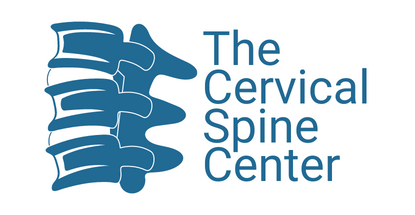Anterior Cervical Disk Replacement (ACDR) is a surgical procedure used to treat patients with a compressed nerve or spinal cord whom do not improve with conservative care. The surgeon removes the disc and replaces it with a synthetic disc device similar to a normal disc in that it allows for motion. The surgery is similar to an Anterior Cervical Diskectomy and Fusion (ACDF) where both procedures remove the pressure from the nerves but unlike the ACDF, the ACDR preserves motion. This can be done at 1 or 2 levels but not 3 levels. Patients may not be a disc replacement candidate if they have excessive neck pain or compression of the spinal cord. There are reports in some patients that excessive cervical motion after anterior cervical disc replacement can cause a worsening of their neck pain, even after surgery. There is still significant controversy when comparing anterior cervical fusion to disc replacement. Current studies support that there is minimal difference at 5 years of 7 years in patients who undergo a one-level fusion versus disc replacement. For those patients undergoing two-level fusion versus disc replacement, the data seems to support that outcome may be slightly better in disc replacement group. As stated earlier, disc replacement is not approved for three-level constructs; only one-level and two-level constructs. Patients presenting with only neck, and no arm pain or cord compression would most likely benefit from a cervical fusion compared to a disc replacement. The disc replacement procedure is similar to cervical fusion in terms of length of surgery, complications, pain and overall recovery. As with cervical fusion, patients usually are discharged to home the same day as surgery and are back to most activity within a few weeks. Most patients request or consider cervical disc replacement because there is a risk of needing further surgery once you have any surgery on the cervical spine. After cervical fusion, patients incur a 9% chance of more surgery on an adjacent level over their lifetime.

Anterior Cervical Disk Replacement (ACDR)
The Cervical Center is dedicated to the treatment and outcomes of patients who suffer from problems related to the cervical spine including any condition related to bone, nerve, or soft tissue. Our program is focused on high quality clinical outcomes and the most effective treatments for all conditions related to the cervical spine.




